Great results for 2019 with the Durrell Chough Project
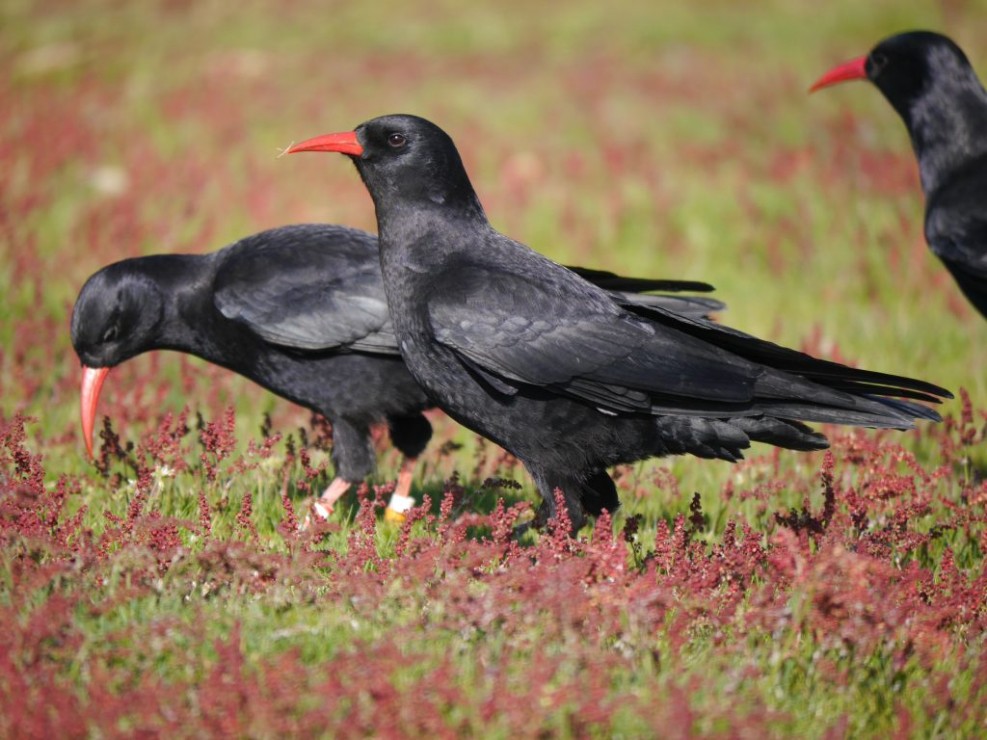
By Liz Corry - Senior keeper and Chough Field Manager at Durrell Wildlife Conservation Trust
Red-billed choughs have been resident in the quarry since the reintroduction project began in 2013. Using it first as a roost site then in 2015, as a breeding site which resulted in the first wild-hatched chough chick in almost 100 years for Jersey.
Support from Ronez Quarry has been crucial to the success of the reintroduction and growth in the population. The ability to closely monitor nests and ring chicks has allowed Durrell to keep track of individuals, monitor the health of the population, and determine fledging success rates. This data feeds into the overall conservation management plan for the species in Jersey. It has also provided evidence-based support to other overseas reintroduction projects that now use the Jersey choughs as a model species.
In 2019, the team witnessed a record number of breeding attempts. All bar two of the fifteen breeding pairs nested in Ronez quarry. Some pairs were on their fifth season nesting in the quarry whilst others were attempting for the first time. This naturally leads to varying degrees of success; 11 nests were located in different operational buildings, 7 of those succeeded in hatching chicks. The successful nests are due to fledge any day now. Thanks to two sites visits (May and June) and communication with quarry staff, we were able to account for a total of nineteen healthy chicks. If all of these successfully fledge, the Jersey population will have increased by almost 50% in one year.

Figure 1: Numbers of wild hatched and fledged chough chicks since breeding began (all in Ronez Quarry) and the numbers of those who survived more than six months post-fledge in Jersey.
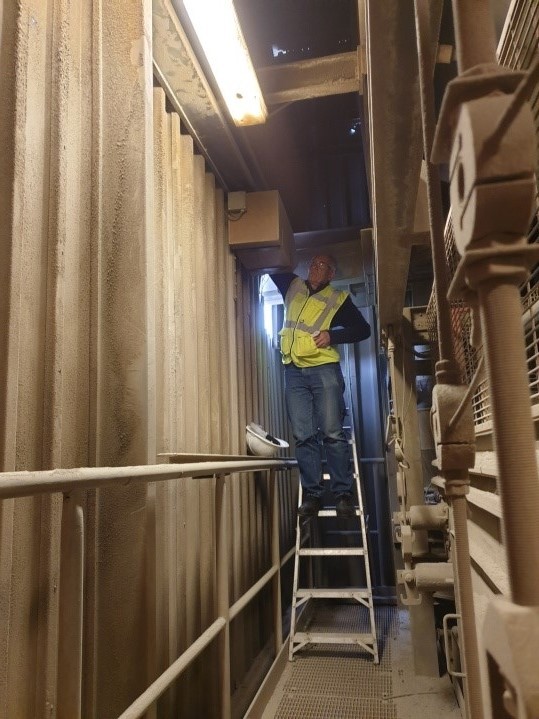
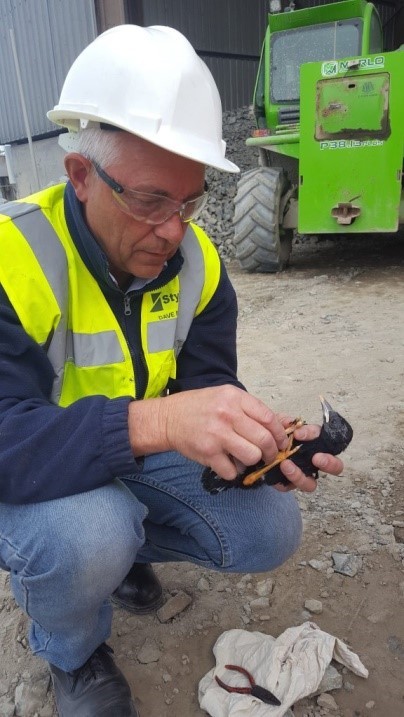
Figure 2: Licensed bird ringer Dave Buxton accessing the asphalt plant nest box in 2018 (left) and ringing a chick from the surge pile nest in 2018 (right). Photo: Liz Corry
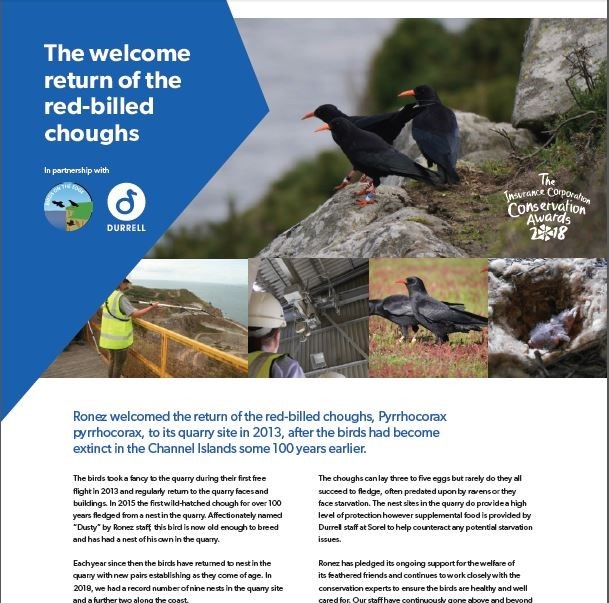
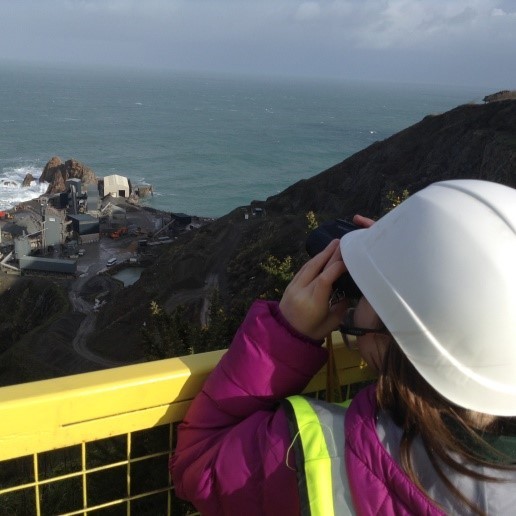
Figure 3: Educational awareness of the choughs in the quarry aided by Ronez and the Insurance Corporation Awards. Photo: Paul Pinel
The release phase of the project is at an end. Durrell staff will now focus on monitoring and protecting the species in the wild. We are yet to determine the carrying capacity for the number of choughs in Jersey. We believe we are now seeing the numbers of breeding pairs occupying the quarry reaching its limit. The importance now will be to ensure those pairs breeding in the quarry will continue to have success and the ‘have-a-go’s’ of 2019 will get to bred in 2020.

